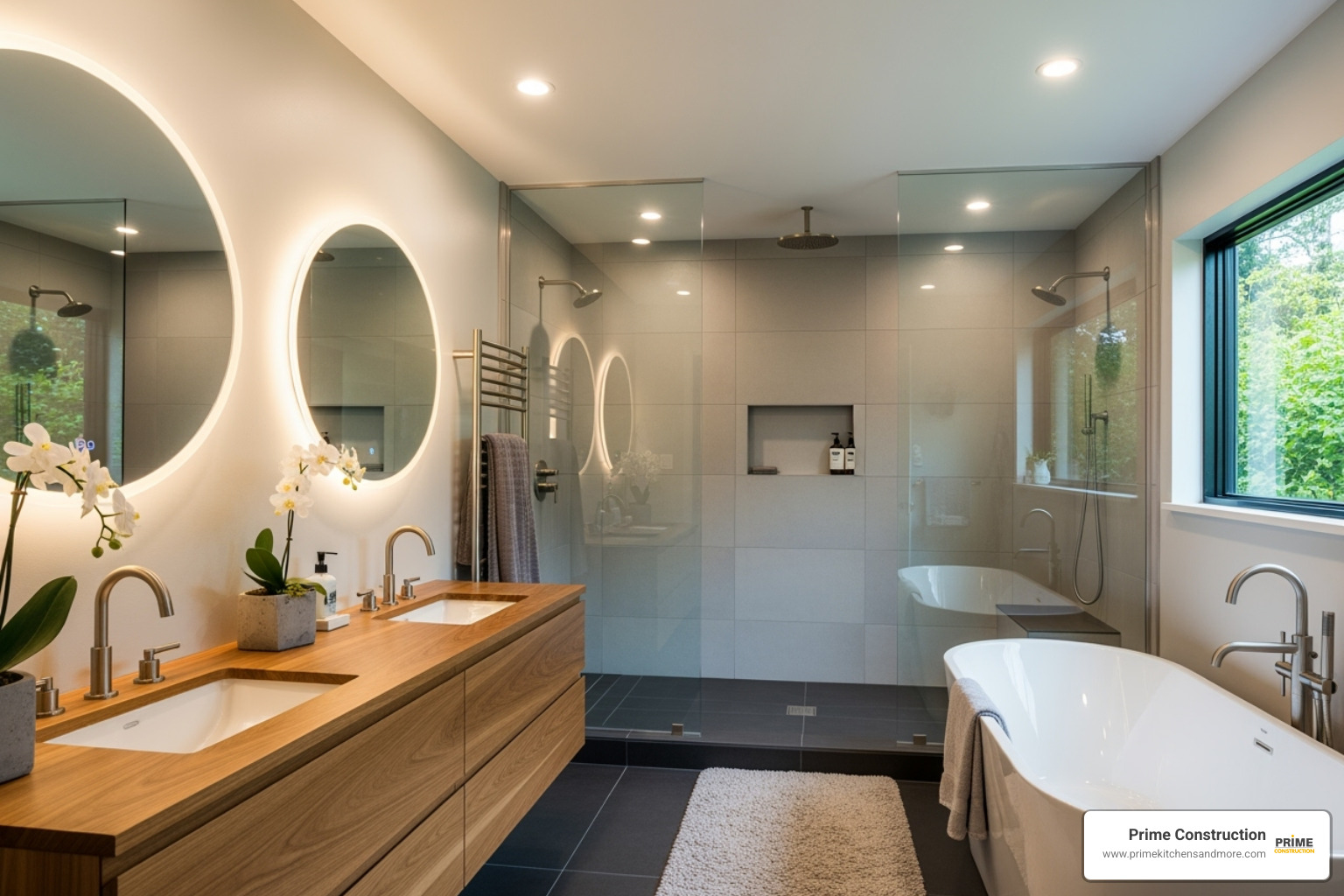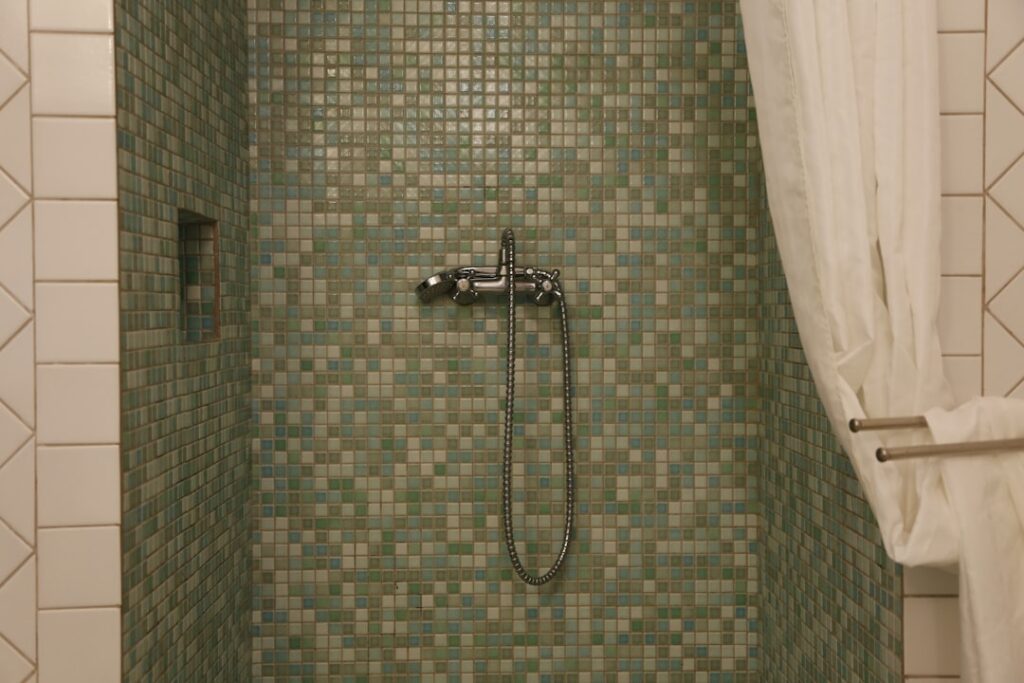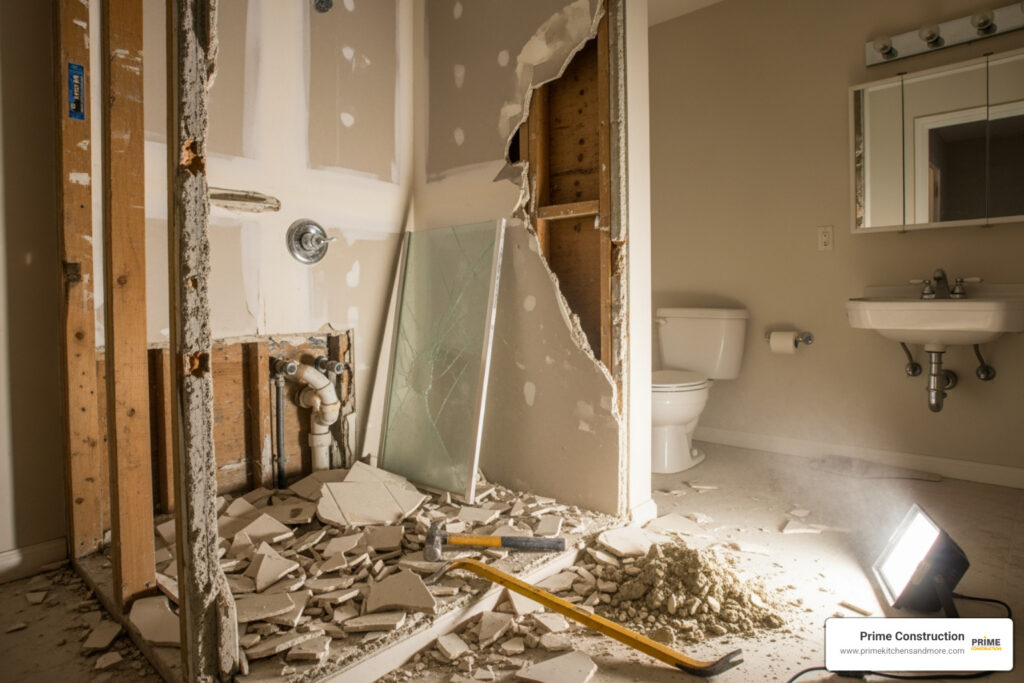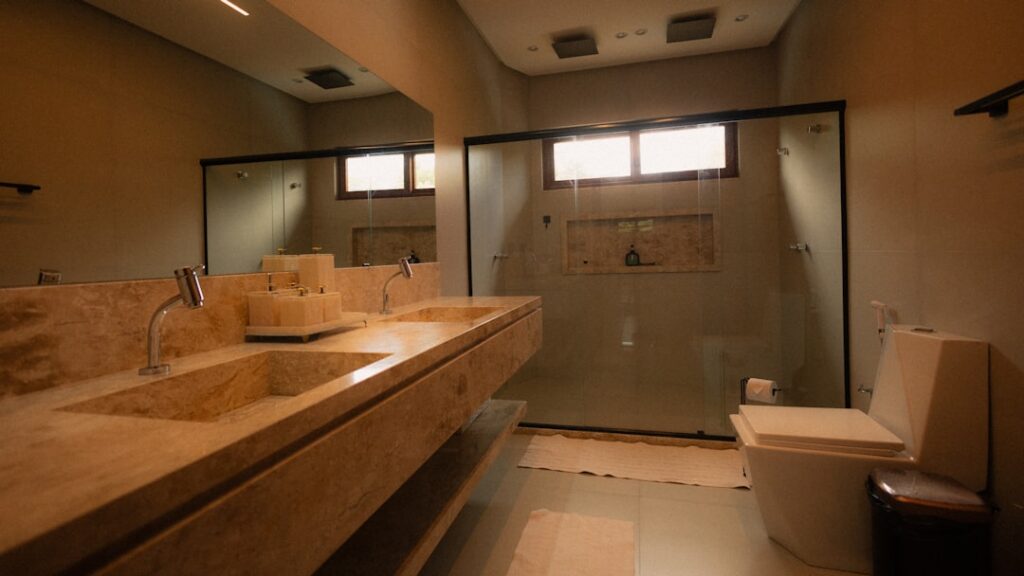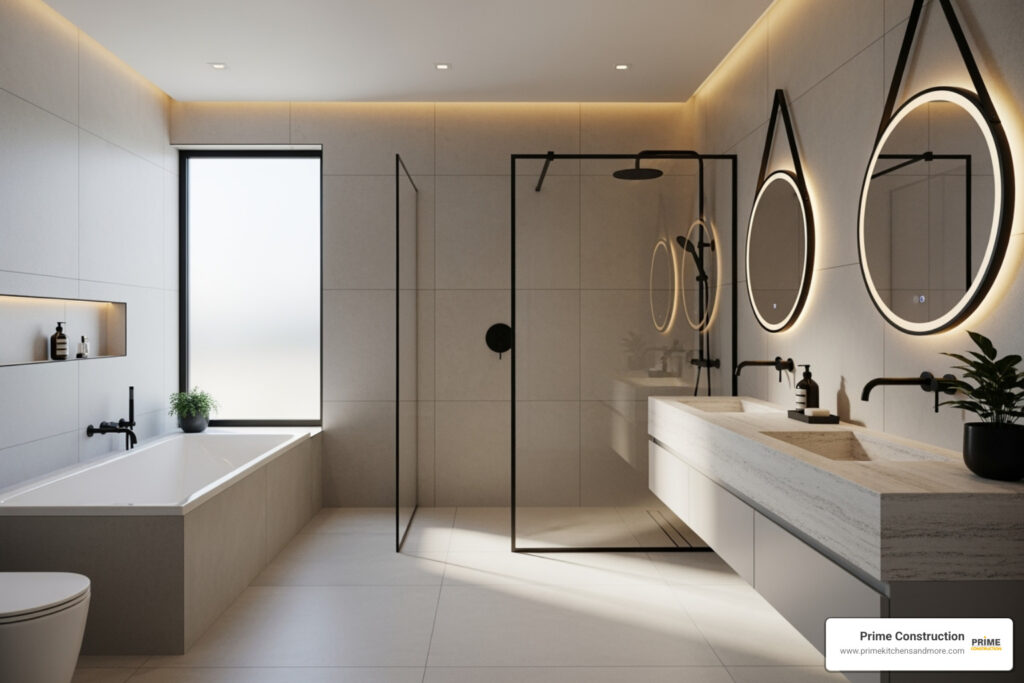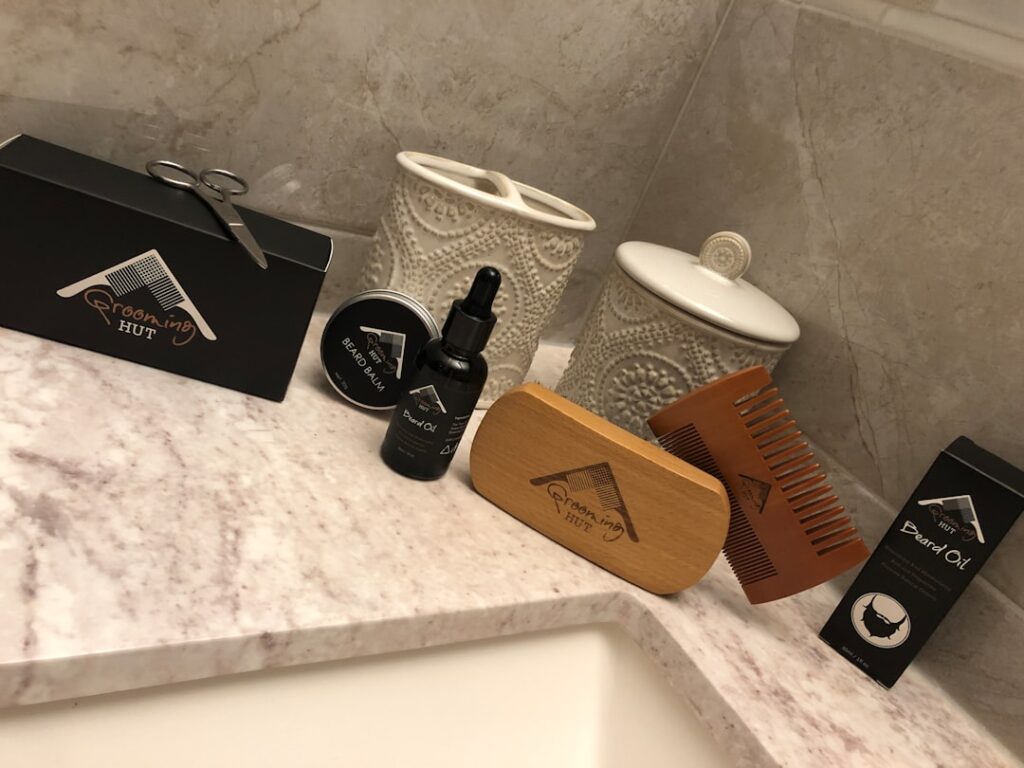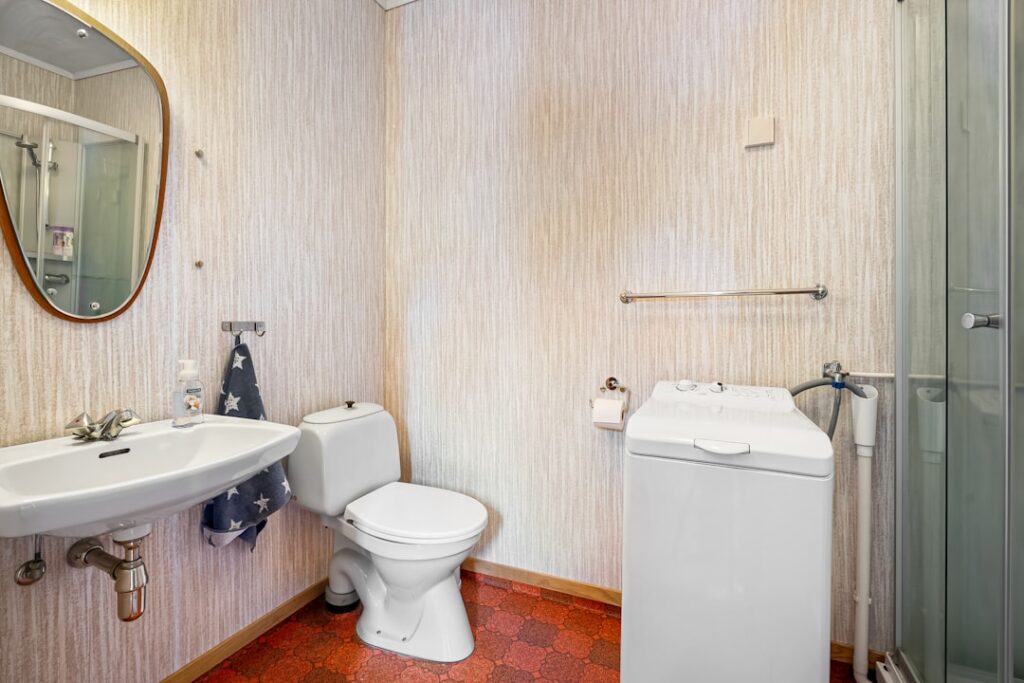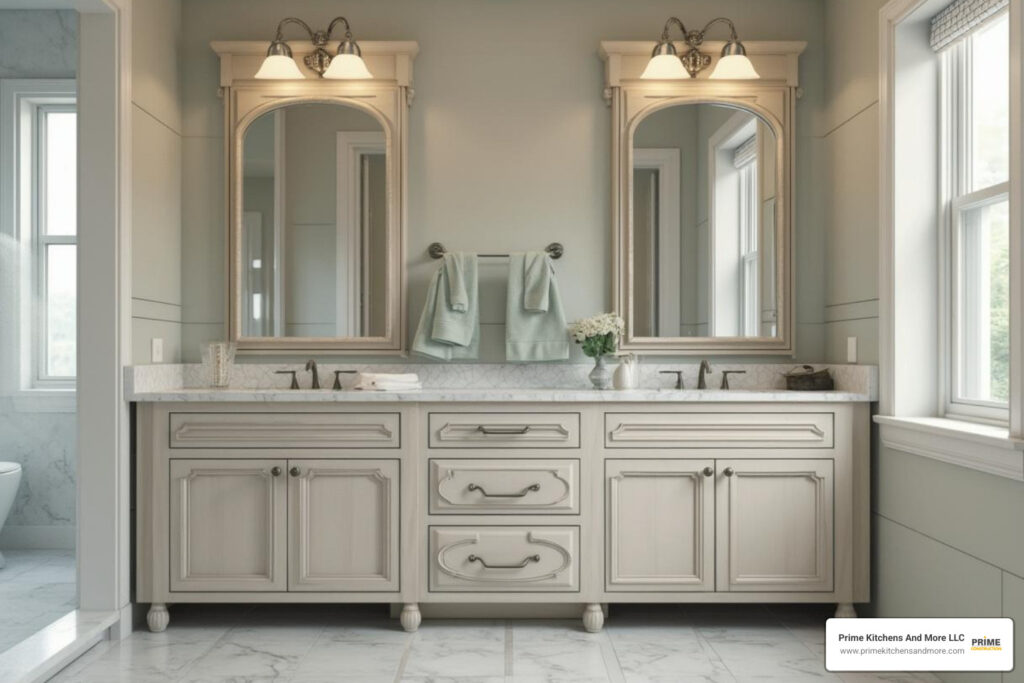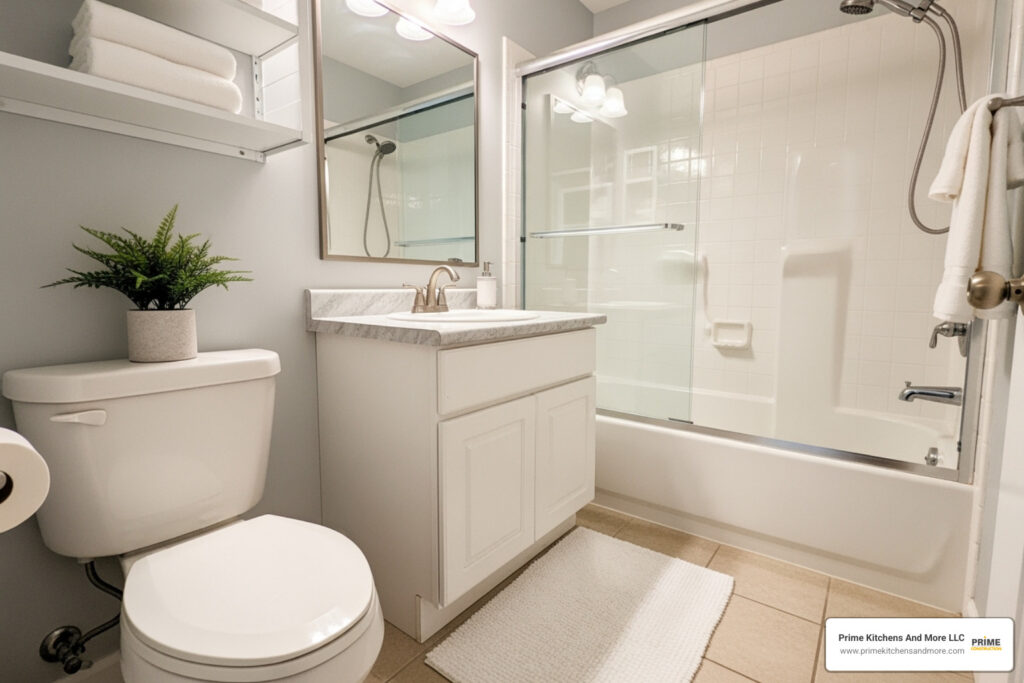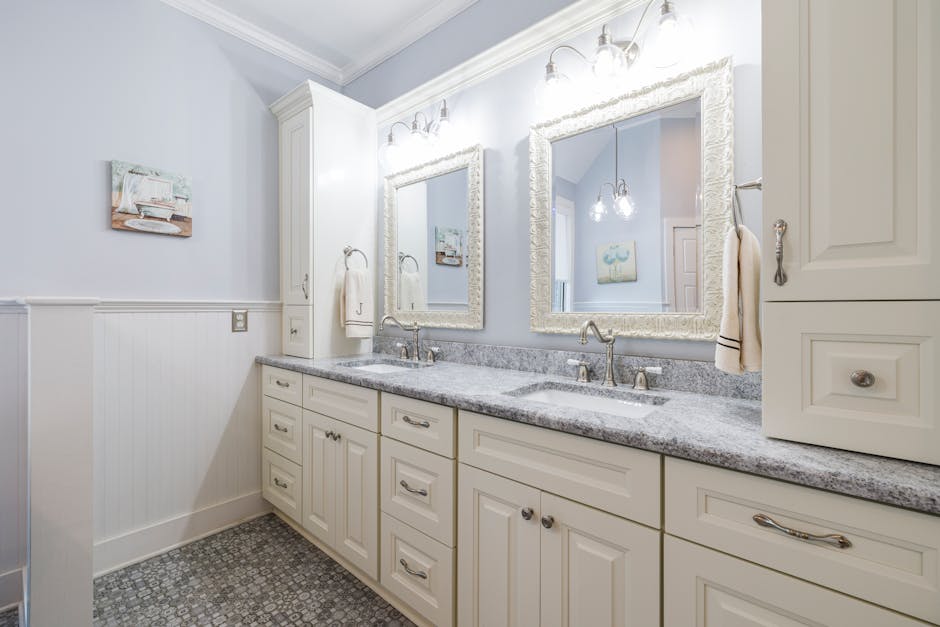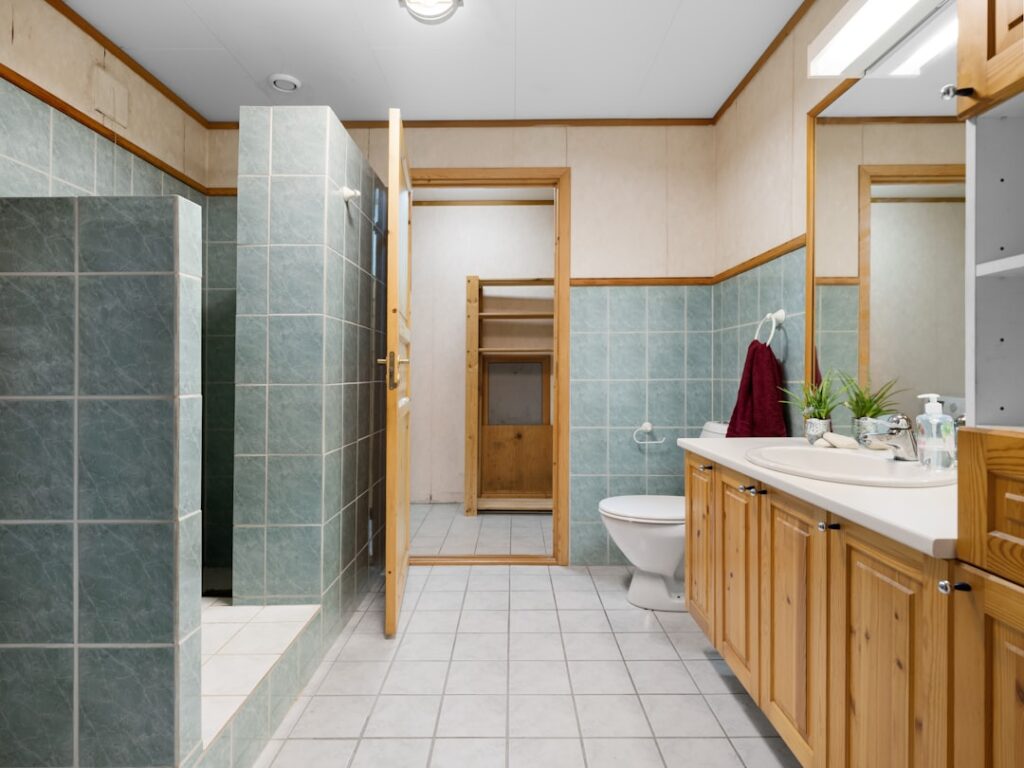Your Dream Bathroom is Within Reach: An Introduction
Consideringbathroom renovation financingcan be the key that open ups the potential of your home, turning a purely functional space into a personal sanctuary. An updated bathroom does more than just look good; it improves your daily routine, providing a more comfortable, efficient, and relaxing start and end to your day. Beyond personal enjoyment, it’s a strategic investment that adds tangible value to your property.
However, the reality is that remodels come with a significant price tag. According to national averages, a mid-range bathroom update costs around $24,606, while a more luxurious, upscale project can easily exceed $76,827. These figures can feel daunting, but they don’t have to put your dream on hold.
So, how can you fund this valuable home improvement without draining your savings account? There are several well-established financing routes, each with unique features suited to different financial situations and project scopes:
- Personal Loans:An unsecured loan that provides a lump sum of cash with a fixed interest rate and predictable monthly payments.
- Home Equity Loans (HELOs):A secured loan that lets you borrow against your home’s equity at a fixed rate, ideal for those who know the exact cost of their project.
- Home Equity Lines of Credit (HELOCs):A flexible, secured line of credit, also tied to your home’s equity, that you can draw from as needed, much like a credit card.
- Cash-Out Refinancing:This involves replacing your current mortgage with a new, larger one, allowing you to pocket the difference in cash.
- 0% APR Credit Cards:A strategic option for smaller-scale projects, allowing you to finance the cost interest-free if you pay it off within the promotional period.
- Contractor Financing:Convenient financing options offered directly through your remodeling company, streamlining the payment process.
Many homeowners are pleased to learn that a well-executed bathroom remodel can recoup 60% to 70% of its cost upon the sale of their home, making it one of the wisest improvements you can make. This comprehensive guide will walk you through each financing option in detail. We’ll help you understand the costs, weigh the benefits, and ultimately choose the best path for your specific project and budget.

Understanding the Costs Before You Borrow
Let’s be honest – bathroom remodels aren’t cheap. But gaining a thorough understanding of the potential expenses before you start exploringbathroom renovation financingwill prevent sticker shock and empower you to make savvy borrowing decisions. A well-planned budget is the foundation of a successful and stress-free renovation.
According to Remodeling magazine’s 2023Cost vs. Value report, amidrange bathroom remodelaverages $24,606 nationally. If you’re dreaming of luxury finishes, a spa-like atmosphere, and high-end features, anupscale bathroom remodelcan climb to an average of $76,827. This wide range highlights how crucial it is to understand the factors that drive the final cost.
Project scopeis the single biggest determinant of your final bill. A simple cosmetic refresh—think new paint, modern light fixtures, a new faucet, and perhaps some updated tile—could fall in the $5,000 to $15,000 range. However, if your vision involves a more substantial overhaul, such as moving walls to expand the space, relocating plumbing for a new layout, or converting a tub to a walk-in shower, you’re looking at a much larger investment, often starting at $30,000 and going up from there.
Labor coststypically consume the largest portion of your budget, often accounting for 50% to 60% of the total project cost. This is where complex changes get expensive. Moving a toilet, shower, or sink requires rerouting plumbing and waste lines, a job that demands skilled, licensed professionals and significant time. Similarly, adding new lighting, heated floors, or a high-tech ventilation fan involves electrical work that adds to the bill. The expertise of plumbers, electricians, tile setters, and carpenters is what ensures a beautiful and functional result, and it’s a cost you shouldn’t skimp on.
Yourmaterial choicescan dramatically swing your budget in either direction. There’s a world of difference in cost between a standard, budget-friendly ceramic tile and premium imported marble. Likewise, a basic off-the-shelf toilet is far less expensive than a smart model with a heated seat and integrated bidet. A prefabricated shower stall can save you thousands compared to a custom-tiled, frameless glass shower, while still providing a clean, updated look. Every choice, from the vanity countertop to the cabinet hardware, has a budget implication.
Bathroom sizeis another obvious factor; a larger primary bathroom requires more materials and more labor hours to complete than a small powder room. Don’t forget aboutgeographic location. Labor rates and material costs in Orlando and the surrounding Central Florida area will differ from national averages due to the local market, supply chains, and demand.
Here’s a crucial piece of advice from our 15 years in the business: always budget for the unexpected. We strongly recommend adding a10% to 20% contingency fundto your initial estimate. Once walls are opened up, it’s not uncommon to find surprises like old, corroded plumbing, outdated electrical wiring that isn’t up to code, or hidden water damage and mold. Having this buffer prevents a small surprise from derailing your entire project.
For a more detailed breakdown of what different bathroom elements typically cost, check out our guide onEstimated Bathroom Remodeling Costs. Getting a crystal-clear picture of your project’s scope and budget is the most important step toward choosing the right financing option and avoiding the stress of borrowing more (or less) than you truly need.
Exploring Your Bathroom Renovation Financing Options
Now that you have a clearer picture of potential costs, let’s explore the variousbathroom renovation financingoptions available to you. Each comes with its own set of pros and cons, and understanding them is key to making an informed decision that aligns with your financial health and project goals. The right choice depends on your credit score, home equity, project size, and how quickly you need the funds.
Here’s a quick comparison of the most popular financing methods to help you see how they stack up:
| Loan Type | Interest Rate (Typical) | Repayment Term (Typical) | Pros | Cons |
|---|---|---|---|---|
| Home Equity Loan (HELOAN) | Lower, Fixed Rates (6%-9%) | 5-20 years | Predictable monthly payments; Interest may be tax-deductible; Good for large, fixed-cost projects. | Uses your home as collateral; Involves closing costs; Longer application process. |
| Home Equity Line of Credit (HELOC) | Lower, Variable Rates (7%-12%) | 10-year draw, 20-year repay | Flexible access to funds; Only pay interest on what you use; Interest may be tax-deductible. | Uses your home as collateral; Variable rate can increase over time; Risk of overspending. |
| Personal Loan | Higher, Fixed Rates (7%-36%) | 2-7 years | Fast funding (1-7 days); No collateral required (unsecured); Simple application process. | Higher interest rates, especially for lower credit scores; Shorter repayment terms mean higher payments. |
| Cash-Out Refinance | Low, Fixed Rates (5%-7%) | 15-30 years | Can lower your overall mortgage rate; Provides a large lump sum of cash for major renovations. | Resets your mortgage term; High closing costs (2%-5% of loan); Uses your home as collateral. |
Home Equity Loans and HELOCs
If you’ve been a homeowner for a few years, you’ve likely built up equity—the difference between your home’s market value and your remaining mortgage balance. Home equity loans (HELOANs) and home equity lines of credit (HELOCs) allow you to borrow against this value. Because these are secured loans (meaning your house is the collateral), lenders offer them at much lower interest rates than unsecured options.
- AHome Equity Loanprovides you with a single lump sum. This is ideal if you have a firm quote from your contractor and know the exact amount you need. You’ll have a fixed interest rate and a set repayment term, making your monthly payments predictable and easy to budget for.
- AHELOCworks more like a credit card. You’re approved for a maximum credit line and can draw funds as needed during a set “draw period” (usually 10 years). This flexibility is perfect for projects where costs might change or if you plan to tackle the renovation in phases. You only pay interest on the amount you’ve actually used. However, most HELOCs have variable interest rates, meaning your payments could rise in the future. You canlearn more hereabout the specific differences.
For both options, the interest you pay may be tax-deductible if the funds are used to “buy, build, or substantially improve” your home. Always consult with a tax professional to confirm your eligibility.
Personal Loans
A personal loan is an unsecured loan, meaning you don’t have to put up your home or any other asset as collateral. This makes it a less risky option for many homeowners. The biggest advantages are speed and simplicity. You can often apply online and receive funds in your bank account within a few days. These loans come with a fixed interest rate and a fixed repayment term (typically 2-7 years), so you’ll always know what your monthly payment will be. Loan amounts generally range from $1,000 to $100,000, depending on your creditworthiness. The primary drawback is that interest rates are higher than with home equity products, ranging anywhere from 7% to 36% based on your credit score and financial history.
Cash-Out Refinancing
A cash-out refinance involves replacing your existing mortgage with a new, larger one. You use the new mortgage to pay off the old one and receive the difference as a tax-free lump sum of cash. This can be a great option if current mortgage rates are lower than your existing rate, as you could potentially lower your monthly payment while also funding your remodel. However, this is a major financial decision. You’ll have to pay closing costs (typically 2-5% of the new loan amount), and you’ll be resetting the clock on your mortgage, which could mean paying more in total interest over the long run.
Other Funding Methods: Credit Cards, Contractor & Government Loans
- 0% APR Credit Cards:For smaller projects or just purchasing materials, a credit card with a 0% introductory APR can be a smart move. You can finance your purchases interest-free for a promotional period (usually 12-21 months). The danger lies in not paying off the full balance before the period ends, as you’ll then be hit with very high standard interest rates.
- Contractor Financing:Many remodeling companies, including ours, partner with lenders to offer streamlined financing options directly to clients. This can be incredibly convenient, but it’s still wise to compare the rates and terms with other options to ensure you’re getting a competitive deal.
- Government Loans:The federal government offers programs that can help. An FHA Title I loan, for instance, is specifically designed for home improvements and is insured by the Federal Housing Administration. These loans are available for smaller projects and may have more lenient credit requirements. You can find the official requirements outlined by HUD.

